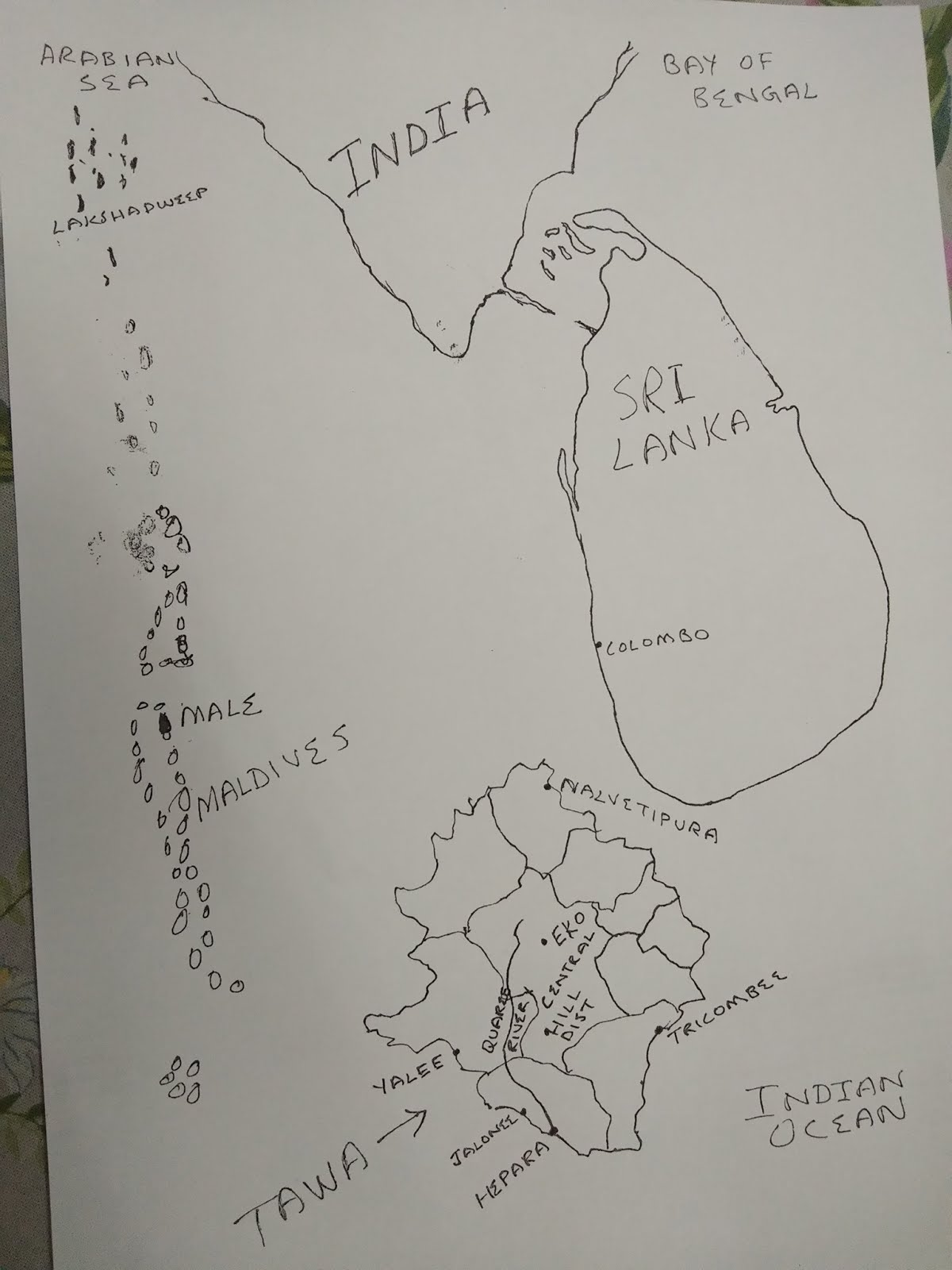
Everyone knows that girls are of two types, good and bad. Boys too can be good and bad, but they can take a number of shades in between, especially after they become older. This is true in most parts of the world, but all the more so in India where with the “Good Girl” tag is especially sought after.
Annie Zaidi and Smriti Ravindra have come up with a book which has two titles. The official one, “The Bad Boy’s Guide To The Good Indian Girl” doesn’t make too much sense except from the marketing point of view. The alternative title suggested on the back and inside first page of the book, “The Good Indian Girl’s Guide To Living, Loving and Having Fun”, which I assume was the authors’ choice, is much more to the point. I can actually envisage the conversation that must have taken place between Zubaan’s marketing team and Zaidi and Ravindra. ‘But this book has nothing to do with bad boys. In fact, there aren’t any bad boys in the book.’ Never mind’, the marketers tell Zaidi and Ravindra, ‘what do you know about selling books in the tough Indian market? Do you want your book to sell or not?’ It’s obvious that the marketers won, but Zaidi and Ravindra ought to be congratulated for making sure a more relevant name appears on the (back) cover.
If I were asked to name this book, I would have called it “Splendid Stories of Good Indian Girls, Which Can Be Enjoyed By All.” And man, what classy stories they are. Some of them are not more than two pages long and some run to ten pages or more. Each of them is about an Indian girl, mostly good, a few bad and many who are not so good, but manage to get away with it. Zaidi and Ravindra write in excellent unobtrusive prose which is akin to high quality corn flour used in good chicken soup. You don’t really get to taste the corn flour and don’t even think of it much as you gulp down the soup, but without the quality corn flour, the soup wouldn’t be half as enjoyable. Another very good thing about the prose is that though jointly written, it is seamless. If the joint authorship hadn’t been proclaimed on the cover, I would have thought the entire collection was written by a single very good writer.
The stories are interwoven and one gets to meet the characters again as they get older, get married and get on with life. To begin with, in the first few stories, the good girls take a few risks (while having harmless fun), but don’t tarnish their good reputation. Just as I started to wonder if all the stories would be about good girls staying good, one falls down and gets muddied. Soon, it happens again. The stories are mostly set in small town India where the concept of a good girl still strongly holds sway. Reading the stories, I could actually hear the quickening heartbeat and feel the sweaty palm as a good girl boldly spoke to a boy or accepted a lift in a car, almost breaking the rule, but not quite. Even though all stories are set in Northen Indian towns and cities, readers in other parts will have no trouble identifying their locales in these stories.
There were a few things I didn’t like so much about this book. After each story, one stumbles into a page or two (sometimes three) of commentary printed in italics. Some of the interjections in italics were as good as the stories and some served as good epilogues, but at times I found the commentaries to be killjoys, stating the obvious, sort of forcing the horse to drink, having lead it to the water. This book could have done without most of them. Another thing I didn’t like is that these stories have been written solely with the intention of showing the reader what makes a girl good, what society expects from good girls and what good girls can safely do to have fun. Therefore, though many characters in these interwoven stories appear again and again, one gets the feeling of not knowing them well. Almost as if one is given the topping from a chocolate cake and is not allowed to dig in beyond that.
On the whole, this is a wonderful book, one which I highly recommend.
Annie Zaidi is a Mumbai-based journalist whose columns appear in DNA. She also blogs at Known Turf. Smriti Ravindra nee Jaiswal (presumably) hails from Nepal, is a regular columnist for the Kathmandu Post and is currently based in the US.
Update: After I posted this review, Annie Zaidi contacted me by email and clarified that I was completely wrong about the title. The title “The Bad Boy’s Guide To The Good Indian Girl” was the authors' choice and after the publishers expressed reservations, Zaidi and Ravindra decided to add the alternative title, “The Good Indian Girl’s Guide To Living, Loving and Having Fun.” That's a lesson learned for me - to not to jump to conclusions.








